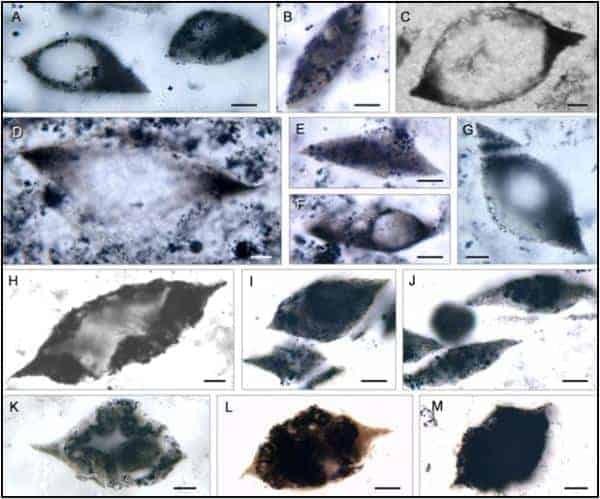PSI’s Dorothy Oehler and colleagues from Penn State, LSU, Nagoya University, and UCLA report new research on enigmatic, Archean (approximately 3.4 billion years old) organic microstructures from the Kaapvaal craton of South Africa. Their results indicate that these are among the oldest morphologically preserved microfossils on Earth and that they represent highly successful, Archean life forms.
“These remarkable microfossils have shown us a new segment of the earliest microbial world on Earth. This segment includes non-mat forming, probably planktonic microbes that thrived in shallow waters where input from local hydrothermal sources could have provided a variety of energy sources. Our results show that these unusual microbes were widespread and, as a group, long-lived on the early Earth.” Oehler said. “We speculate that their success may have been enhanced by their planktonic lifestyle and unusually robust cell walls, features that may have contributed to survival on a young planet still experiencing high UV radiation and major impacts. Accordingly, these microfossils can provide one analog for a type of microbe that could have survived on a young Mars.”
Details can be found in Oehler et al. (2017). Large and robust lenticular microorganisms on the young Earth. Precambrian Research 296, 112–119.
Above, the top panel shows examples of these unusual microfossils as observed in thin sections, using brightfield light microscopy.

